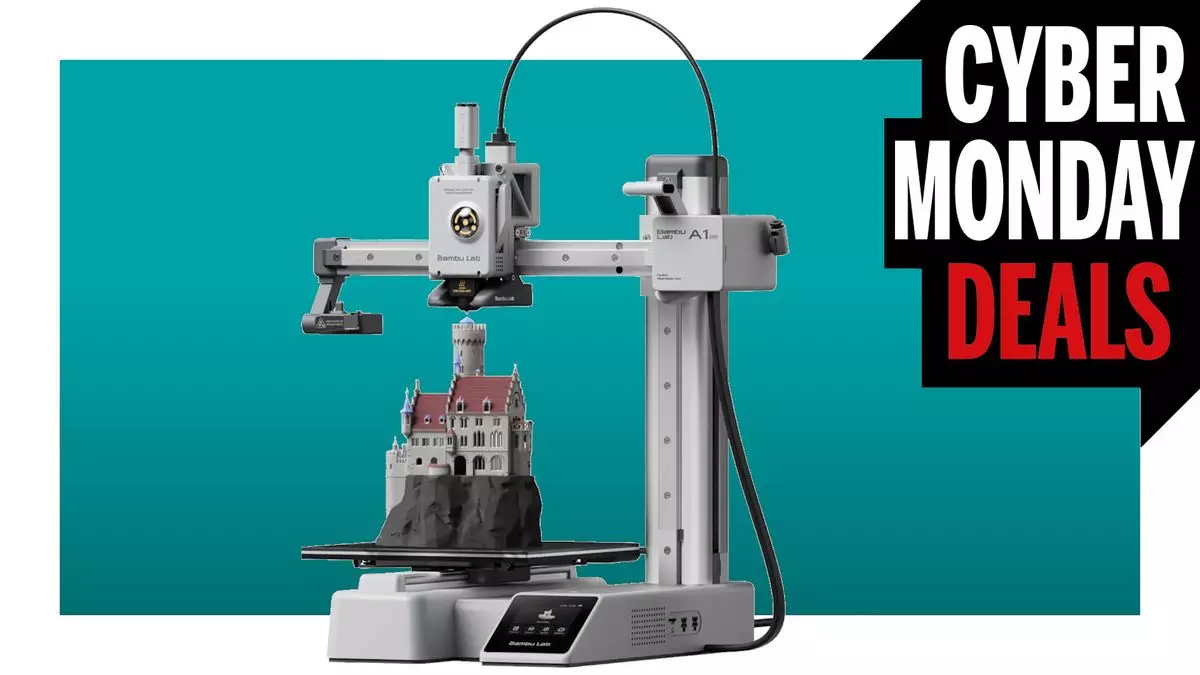In the world of innovative technology, 3D printing stands out as a marvel that transcends traditional boundaries of creativity and design. Initially, I observed this technology from a distance, intrigued by its possibilities but hesitant to dive in. My perspective took a significant turn when my partner decided to embrace 3D printing as a hobby. Suddenly, I found myself deeply immersed in the intricacies of 3D printing, particularly through her experience with the Bambu A1 Mini, a newly emerging favorite in the market. This compact printer’s striking Black Friday discount made it an affordable entry point, igniting curiosity and enthusiasm not just in my partner, but in me as well.
My partner’s journey into 3D printing began with a different model—the Ender—gifted during the Christmas season a couple of years back. Unfortunately, the introduction to 3D printing was not as smooth as we had hoped. The complexities of the machine proved challenging, revealing the quintessential frustrations of 3D printing: devices that appear to be operational, yet yield unsatisfactory results. Through this experience, we learned that equipment choice plays a critical role in user satisfaction and success. The initial struggles not only highlighted the technical hurdles but also set the stage for a deeper understanding of the necessity of reliable and user-friendly machines.
Fast forward to this year, my partner took a leap of faith and acquired the Bambu Lab A1 Mini, and it was as if a light had been switched on. The improvement in print quality was staggering; her creations exhibited greater precision and a more polished finish. Transitioning from what was once a challenging process, she was now effortlessly crafting a variety of items, ranging from cosplay components to functional household gadgets. This transformation was not merely cosmetic; the accompanying software proved to be intuitive and a pleasure to use, elevating the entire experience of 3D printing.
One of the standout features of the A1 Mini is the optional AMS Lite attachment, which allows multiple filament types to be utilized concurrently. This opens up exciting avenues for multi-color printing that enhance creativity and personalization. However, it’s essential to recognize the limitations inherent in this compact model. With a relatively small printing bed, projects exceeding a certain size can be problematic. For those looking to tackle larger designs, alternatives like the standard Bambu Lab A1 or the more advanced P1S are available, albeit at a higher price point.
As 3D printing technology continues to evolve, the Bambu A1 Mini stands out as a testament to accessibility and innovation in this field. My partner’s journey from frustration to creativity is a microcosm of what many newcomers may experience. This hobby has not only deepened our understanding and appreciation of technology but has fostered a space for imaginative expression. The world of 3D printing beckons, and as we navigate through its complexities, it offers endless opportunities for learning, creating, and growing. The investment in a reliable machine like the Bambu A1 Mini may very well pave the way for a fulfilling and inventive adventure in the realm of 3D printing.


Leave a Reply